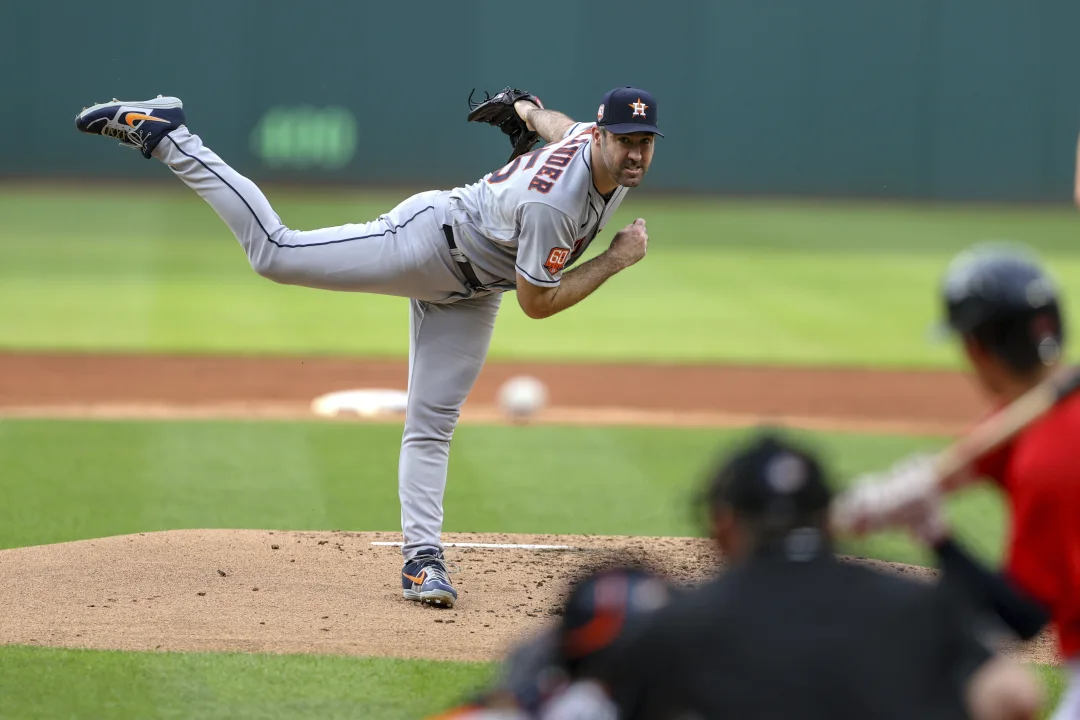The Foundation of Success for Overhead Athletes: Lower Extremity Strength and Stability
When we think about overhead athletes like baseball pitchers, tennis players, and volleyball spikers, the first thing that comes to mind is their incredible upper body strength and agility. While these attributes are indeed vital, it’s easy to overlook the critical role that lower extremity strength and stability play in their success. In this blog post, we’ll explore why strong and stable legs are essential for overhead athletes and how they can help improve performance while preventing injuries.
The Role of Lower Extremity Strength
- Power Generation
Lower extremity strength serves as the foundation for generating power in overhead sports. Whether it’s throwing a fastball, serving an ace, or spiking a volleyball, the kinetic chain starts from the legs and moves up through the core and into the upper body. Strong leg muscles, especially the quadriceps, hamstrings, and glutes, are crucial for transferring energy efficiently and explosively.
- Balance and Stabilization
Balance and stability are essential elements of any successful overhead motion. Lower extremity strength plays a pivotal role in maintaining balance, especially when an athlete is in a compromised position, like a tennis player lunging for a wide forehand or a pitcher landing after a throw. Strong legs can help keep athletes steady, reducing the risk of injury and enhancing their accuracy and consistency.
- Injury Prevention
Overhead athletes often place tremendous stress on their shoulders, elbows, and wrists. However, the legs act as shock absorbers, absorbing and dissipating forces that would otherwise transmit up the kinetic chain and cause injury. By building lower extremity strength, athletes can reduce the risk of overuse injuries in their upper body.
Enhancing Lower Extremity Stability
- Resistance Training
Incorporating resistance training exercises into a comprehensive strength and conditioning program is a fantastic way to build lower extremity strength. Squats, lunges, deadlifts, and leg presses are all effective exercises for targeting the quadriceps, hamstrings, and glutes. Additionally, exercises that challenge stability, like single-leg squats or step-ups, can be highly beneficial.
- Plyometrics
Plyometric exercises focus on explosive movements, helping athletes develop power. Exercises like box jumps and lateral bounds can improve leg strength and explosiveness, essential for fast and accurate movements required in overhead sports.
- Core Strengthening
A strong core is integral to maintaining stability and transferring power from the legs to the upper body. Incorporating exercises like planks, Russian twists, and leg raises can enhance core strength, further supporting lower extremity stability.
- Balance and Proprioception
To refine lower extremity stability, athletes can engage in balance and proprioception exercises like yoga, stability ball exercises, or balance board training. These activities help improve coordination, proprioception, and fine-tune an athlete’s sense of body position.
Closing Thoughts
Lower extremity strength and stability are the unsung heroes of overhead athletes’ success. Strong legs not only serve as the powerhouse for generating force but also help in maintaining balance, preventing injuries, and improving overall performance. By incorporating a well-rounded training regimen that focuses on lower extremity strength and stability, overhead athletes can unlock their full potential and keep themselves on the path to success while minimizing the risk of injury.
Check out other Blog posts you may have missed:
The Crucial Connection: Core Stability and Torque Generation in Athletics

